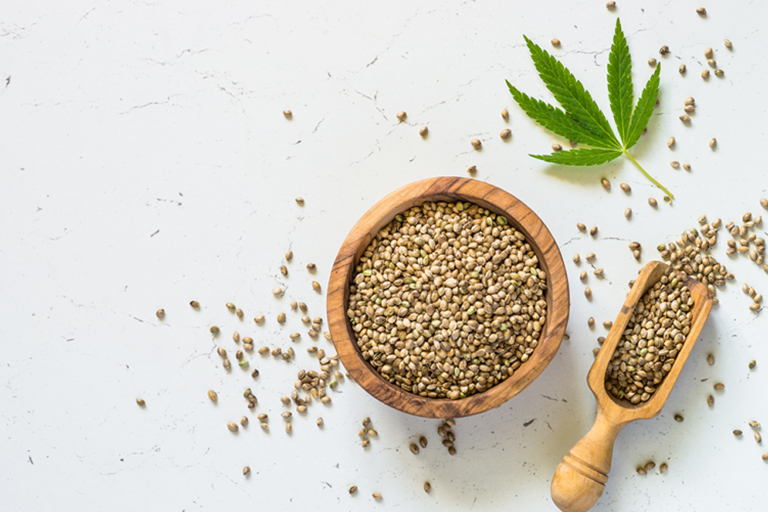Cannabis is a miracle plant. You can use it recreationally, medicinally, and for industrial uses! According to an article published in Molecules, industrial hemp originated in Central Asia—hemp dates back to China, around 2700 B.C.
Contrary to popular belief, hemp and marijuana are not two different species of plants. The only actual difference between hemp and marijuana is their THC content. According to the Agricultural Act of 2018, hemp contains 0.3% or less THC than traditional marijuana (cannabis that can get you high).
Hemp is a versatile plant that manufacturers use to create several products, including paper, clothing, and building materials. Keep reading to learn more about the many uses of this billion-dollar crop.
Hemp Paper
Not all paper is made from trees. In fact, hemp paper dates back to the Western Han Dynasty (202 B.C.–9 A.D). According to the American Forest & Paper Association, Chinese court official Ts’ai Lun invented paper using a mixture of mulberry bark, hemp, and water. Lun mashed these ingredients into a pulp, pressed out the liquid, and then hung the remaining mat to dry in the sun. The end result? Paper.
Lun’s invention didn’t hit the Middle East until 300 years later. It took another 500 years for Europe to catch up. Once word spread to Europe, paper became a popular product. People used it to print books, bibles, and legal documents.
By 1690, the U.S. had built its first paper mill in Pennsylvania. In the beginning, the U.S. paper mills used Lun’s method. But, as the demand grew, the technique and materials changed. Thanks to the Marijuana Tax Act of 1937, the mills switched from hemp to wood, which was cheaper and legal.
Hemp Foods and Beverages
Hemp seeds make for a tasty and nutritious topper on yogurt, salads, oatmeal, rice, and veggies. They’re also packed with vitamins (vitamins B and E), minerals (sodium, iron, calcium, sulfur, and potassium, to name a few), and fatty acids (Omega-3 and Omega-6). What’s more? Hemp seeds may produce anti-inflammatory effects.
Other hemp-based foods include:
Hemp seed butter (an alternative for those with a nut allergy).
Hemp flour (gluten-free and delicious).
Hemp honey (ideal for sweetening coffee, tea, baked goods, etc.).
Hemp milk (a non-dairy milk alternative).
Hemp protein powder (vegan and nutritious).
Hemp can be made into just about anything, including vodka and chewing gum.
Photo: natagolubnycha
Hemp Building Materials
Hemp lumber is an eco-friendly alternative to traditional lumber. It has a harvest time of four months (most trees used for lumber can take anywhere between 20 to 80 years). It’s also durable, and according to HempBuild Magazine, it’s 20% harder than oak wood.
HempWood (owned by Fibonacci LLC, and founded by Greg Wilson) launched a new, sustainable wood alternative in 2019. According to the company’s website, HempWood can be used for flooring, furniture, or other construction materials. Plus, when it comes to price, HempWood is much more affordable than most domestic hardwoods.
HempWood isn’t the only hemp-based building material out there. Hempcrete (that’s right, a hemp-based concrete alternative) is another versatile construction material. It’s made from hemp hurd (a part of the plant that was previously considered “waste”), lime, and other natural ingredients. Hempcrete is plant-based, energy-efficient, and 100% recyclable.
According to the Hemp Foundation, the hemp plant has more than 50,000 known uses, from paper to medication. And thanks to the Hemp Farming Act of 2018, American farmers are allowed to grow hemp as a rotational crop. Even so, there are restrictions in place. But, if we keep fighting, hemp may be the answer to a greener tomorrow.












